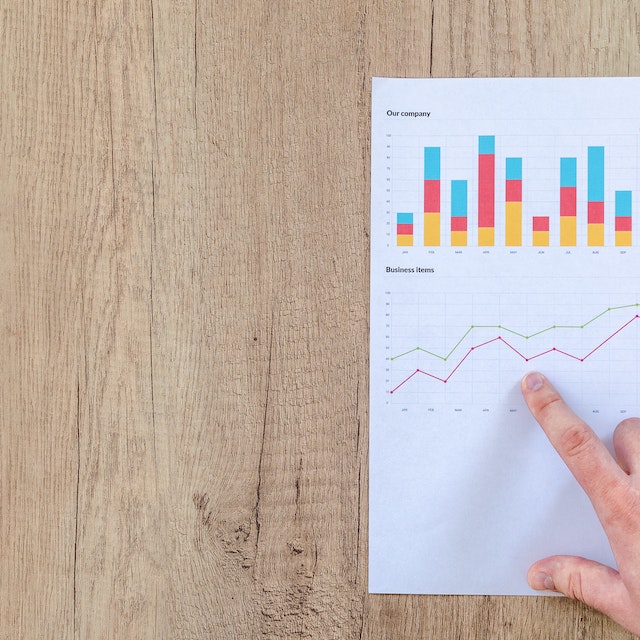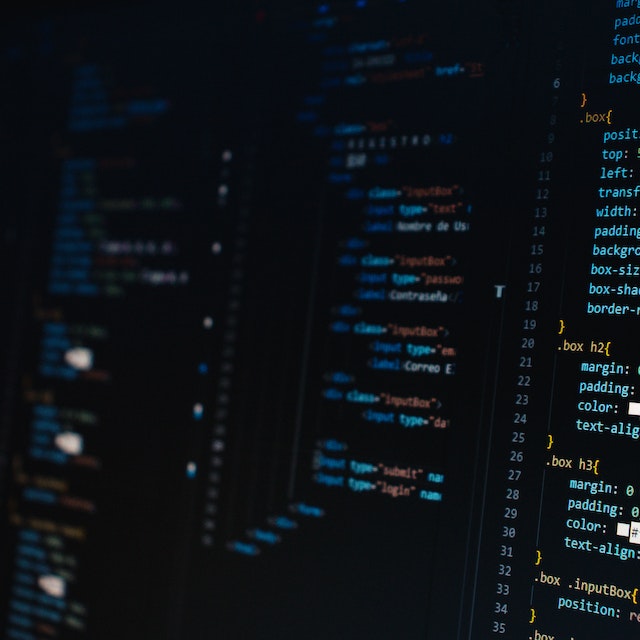Navigating the World of Statistical Software: Tools for Data Analysis
Post Date:
Coding Data
In our data-driven world, the ability to extract meaningful insights from complex datasets is invaluable. Statistical software plays a pivotal role in this process, offering a wide array of tools and techniques to analyze data, make informed decisions, and uncover hidden patterns. This article explores the world of statistical software, highlighting some of the most popular options and discussing their key features and applications.
Statistical software serves as a bridge between raw data and actionable insights. These tools enable users to perform a range of tasks, including:
- Data Cleaning and Preparation: Before any analysis can begin, data must be cleaned, transformed, and organized. Statistical software provides the tools to handle these tasks efficiently.
- Descriptive Analysis: Software helps summarise data through measures of central tendency, dispersion, and visualizations like charts and graphs.
- Hypothesis Testing: Statistical software allows users to test hypotheses and make population inferences based on sample data.
- Regression Analysis: It enables the exploration of relationships between variables and the prediction of outcomes.
- Machine Learning: Advanced statistical software incorporates machine learning algorithms for classification, clustering, and predictive modelling tasks.
Popular Statistical Software
R:
- Key Features: R is an open-source language and environment for statistical computing and graphics. It boasts a vast library of packages for various statistical analyses and data visualizations.
- Applications: R is widely used in academia, data science, and research. It is prevalent for its flexibility in data manipulation and visualization.
Python (with libraries like NumPy, Pandas, and SciPy):
- Key Features: Python is a versatile, general-purpose programming language that offers powerful libraries for data manipulation, analysis, and visualization.
- Applications: Python is increasingly popular in data science and machine learning due to its simplicity and the availability of libraries like sci-kit-learn and TensorFlow.
SPSS (Statistical Package for the Social Sciences):
- Key Features: SPSS is a user-friendly software package known for its ease of use in data analysis and reporting. It offers a wide range of statistical tests and procedures.
- Applications: SPSS is commonly used in social sciences, market research, and healthcare for its user-friendly interface and broad statistical capabilities.
SAS (Statistical Analysis System):
- Key Features: SAS is a comprehensive software suite with advanced analytics, data management, and business intelligence capabilities.
- Applications: SAS is prevalent in finance, healthcare, and government industries for its robust data analysis and reporting features.
Excel:
- Key Features: While not a dedicated statistical software, Microsoft Excel offers essential statistical functions and data analysis tools.
- Applications: Excel is widely used for quick and straightforward data analysis and reporting in business settings.
Selecting the right statistical software depends on your specific needs, familiarity with programming languages, and the complexity of your data analysis tasks. Open-source options like R and Python are famous for their flexibility and cost-effectiveness. Commercial software like SPSS and SAS may be preferred for their user-friendly interfaces and comprehensive support.
Statistical software is the cornerstone of data analysis and decision-making in various fields. Whether you are a data scientist, researcher, business analyst, or student, diverse software options ensure you can find the right tool for your needs. Understanding the capabilities and applications of these software packages empowers you to harness the full potential of data and derive valuable insights to drive success in your endeavours.
Last Update: Sept. 11, 2023, 12:06 p.m.



